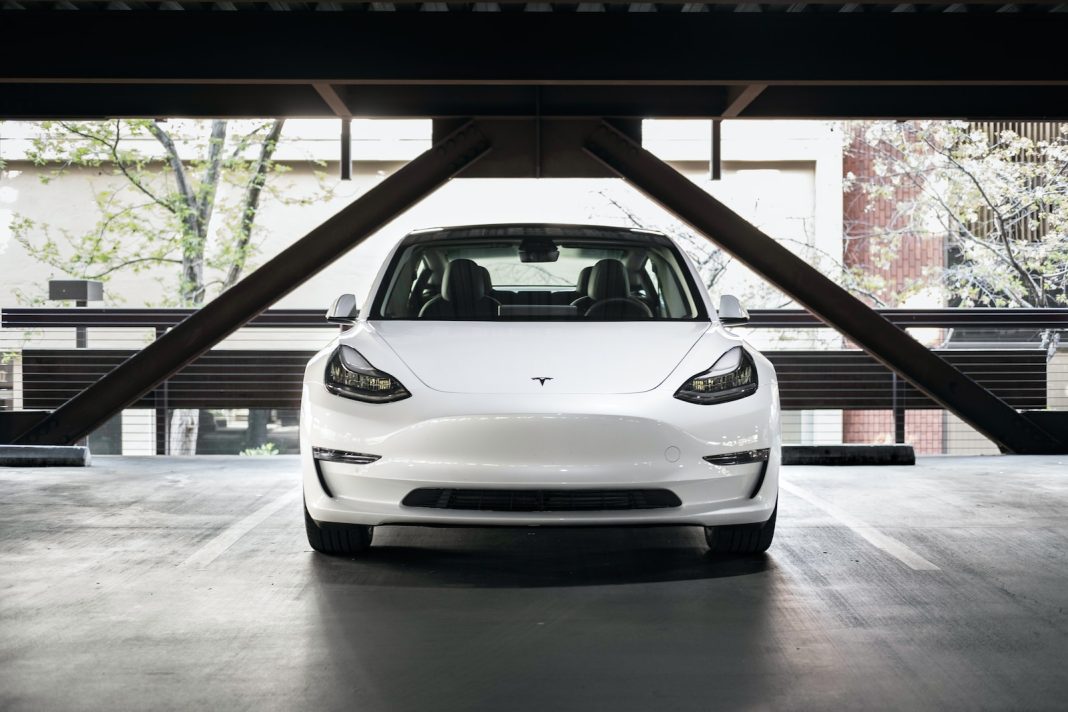In a shocking turn of events, Tesla has issued a recall for a staggering 2 million vehicles in the United States, citing concerns over the safety of its Autopilot function. This move comes hot on the heels of a former Tesla employee blowing the whistle on the reliability of the autopilot feature, intensifying scrutiny on the acclaimed electric car manufacturer.
The Autopilot system, designed to assist drivers with tasks such as steering and acceleration, has faced increasing criticism after several reported incidents of misidentifying objects on the road. Instances include a Tesla vehicle confusing a stop sign on a billboard for a real one and interpreting a yellow moon as a yellow traffic light. These incidents raise pertinent questions about the readiness of autonomous driving technology for real-world applications.
A quick online search reveals a multitude of cases highlighting issues with Tesla’s “robotaxis” operating in San Francisco, further casting doubt on the practicality and safety of current self-driving capabilities. The incidents prompt a critical evaluation of the underlying technology, with many questioning if artificial intelligence (AI) algorithms powering these vehicles possess the necessary human-like understanding and reasoning crucial for navigating complex real-world scenarios.
One glaring gap in current AI algorithms is their lack of advanced contextual reasoning, a critical aspect for interpreting intricate visual cues and inferring unseen elements in the vehicle’s environment. Autonomous vehicles must be equipped with the ability for counterfactual reasoning, enabling them to evaluate hypothetical scenarios and predict potential outcomes—an imperative skill for decision-making in dynamic driving situations.
A notable example is the 2017 accident involving an Uber robotaxi in Arizona, where the vehicle proceeded through a yellow light and collided with another car. This incident triggered questions about whether a human driver might have approached the situation differently, emphasizing the need for AI systems to anticipate and adapt to varying circumstances.
Moreover, the social aspect of driving, where human intuition plays a pivotal role, poses a significant challenge for AI-driven vehicles. Negotiating right of way in ambiguous situations, such as urban roads with parked cars on both sides or busy roundabouts, requires social skills that current autonomous systems lack.
Experts argue that developing groundbreaking algorithms capable of human-like thinking, social interaction, adaptation to new situations, and learning from experience is crucial for the seamless integration of AI-driven vehicles into existing traffic. Such algorithms would empower AI systems to comprehend nuanced human driver behavior, react to unforeseen road conditions, prioritize decision-making aligned with human values, and engage socially with other road users.
As the automotive landscape evolves to include AI-driven vehicles, current standards for assessing and validating autonomous driving systems may become insufficient. To address this, there is a pressing need for new protocols that offer more rigorous testing and validation methods, ensuring AI-driven vehicles adhere to the highest safety, performance, and interoperability standards.
The development of these protocols requires a collaborative effort involving diverse groups of experts, including car manufacturers, policymakers, computer scientists, human and social behavior scientists, engineers, and governmental bodies. This collective dialogue aims to create a robust framework that considers the complexity and variability of real-world driving scenarios.
While concerns about Autopilot safety have prompted a massive recall, it would be premature to write off fully self-driving cars altogether. Experts suggest that, despite the necessary developments, there is still a role for them in specific use cases such as autonomous shuttles and highway driving. Special environments with dedicated infrastructure, such as predefined routes for autonomous buses or separate lanes for autonomous trucks on motorways, could also be viable options.
However, the key to successful integration lies in ensuring these technologies benefit the entire community and do not cater exclusively to specific societal groups. To achieve this, collaboration among a diverse array of experts is imperative, fostering the creation of industry-wide safety protocols and standards shaped by collective input. This collaborative effort must prioritize transparency, establish open channels for sharing real-world testing data, and demonstrate the reliability and safety of AI systems in autonomous vehicles to build public trust.


